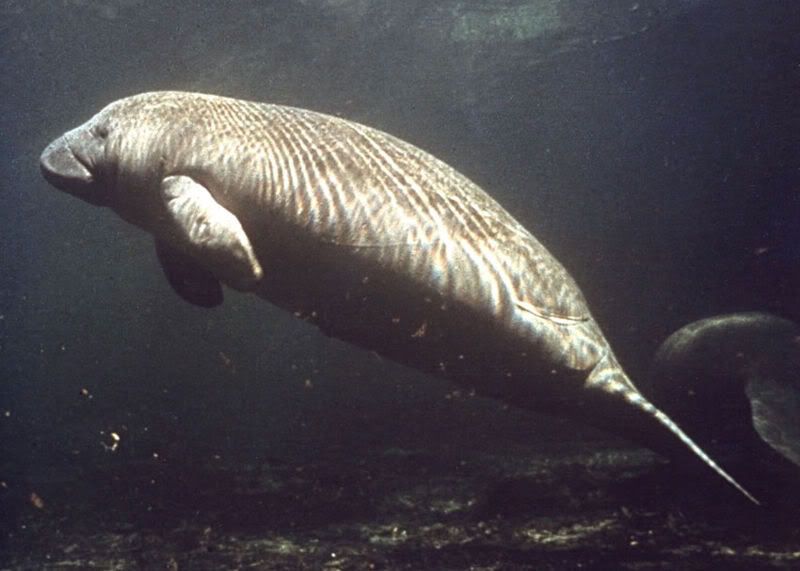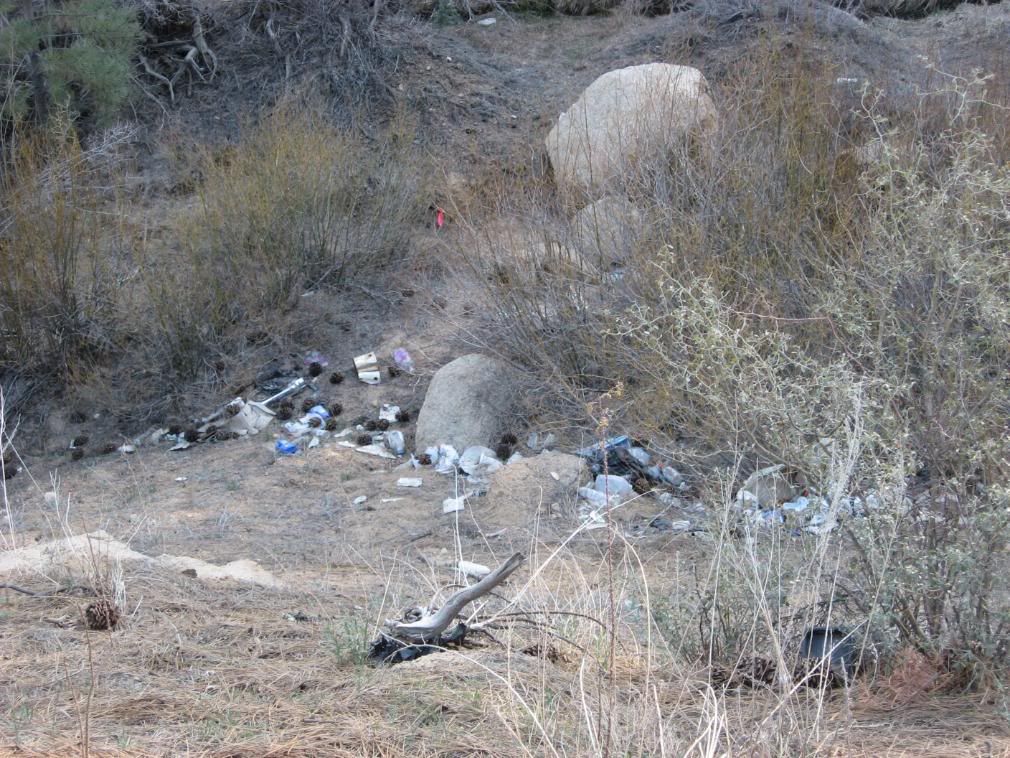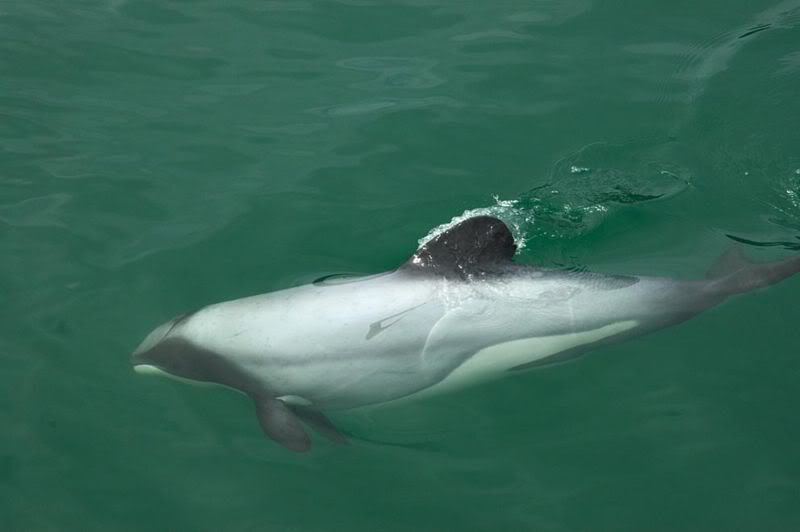
So, manatees are in the news again. Sharpie, a rescued and rehabilitated manatee was recently released back into the waters of Florida. He has been called the “poster child” for manatees and you might want to watch the his manatee release video.
I’m not sure why I am on the marine tangent but perhaps it has to do with Earth Day and reflections over where I am going next with my career.
In the meantime, I just finished an article about mountain vacationing pet safety…which talks a bit about the problems facing pets and wildlife.
It makes me sick that fishing filament, hooks, bait, and lures continue to injure and kill marine life and waterfowl. This same litter that people leave behind also injures pets on a regular basis.
Is it so hard to pick up before leaving an area? What I don’t get is that if people enjoy the wilderness and fishing and boating so much–why on earth would they litter and leave potentially lethal debris behind?

Above: Trash thrown over the side about Grout Creek–a local creek that runs down into the lake and a tributary that trout come up to spawn.
Last year I took an early morning amble and met up with a neighbor whose dog grabbed some bait–complete with hooks. I sent her for help while I restrained the dog and prevented the animal from making her own situation worse.
I gave the owner specific instructions to help keep her from panicking…which she was on the verge of doing.
The good news is that the hook got caught in the flesh of the dog’s upper palate instead of being swallowed–and the filament was still attached. When the filament is still attached–it helps the veterinarian locate and access the hook quicker.
While I restrained the pet, the owner caught a lift home and then drove back to get us. Never mind my car sickness from riding in the back of a car speeding down the winding highway on the way…
Urp.
Fortunately, I kept my cookies while also keeping the dog successfully restrained.
We quickly got the animal to the veterinarian–who was alerted to our situation by phone and so staff were awaiting our arrival. Lucky for us and the dog who was immediately taken into surgery.
So much for my walk that day and I made sure to drop by their home after the procedure was done. It was amusing–since the dog proceeded to tell me all about the adventure. She talked and talked and wiggled and waggled close to me.
Both the owner and I chuckled over it. I told the dog that she didn’t need to be a “drama dog” and that she should bail of the whole bait obsession.
Unfortunately, animals act like animals and so they will grab bait or become the unknowing victims of monofilament, plastics, and other such garbage people leave behind–no matter what you tell them–or how closely you try to monitor them.
Wildlife have problems with such litter frequently…
…approximately 30% of manatee deaths have been directly attributable to human-related causes, including watercraft collisions, accidental crushing and drowning in water control structures, and entanglements in fishing gear…[Read More]
Now the actual population status of the manatee population off the coast of Florida is not known–only estimated. In January 2000 the estimate was numbered at 2,222 manatees statewide–up from 737 or so in the mid-1970s.
Unfortunately, the counts could vary widely depending on weather conditions. The raw numbers alone do not provide an accurate picture of population trends and many do not believe the state of Florida is doing a very good sampling of the manatee population and the proposed changes to the procedures do not sound like they are too popular either.
The manatee population aerial surveys are conducted in a particular time frame but that is not all they do. The U.S. Geological Survey’s Sirenia Project, in cooperation with the Florida Fish and Wildlife Conservation Commission, maintains a computerized database of identified manatees.
This database is called the Manatee Individual Photo-Identification System (MIPS) and contains nearly 2,000 records of individual manatees with unique features. Tagging and other efforts are part of the monitoring process.
Funding cuts and other issues remain other problems facing these creatures.
Want to help manatees? Visit:



